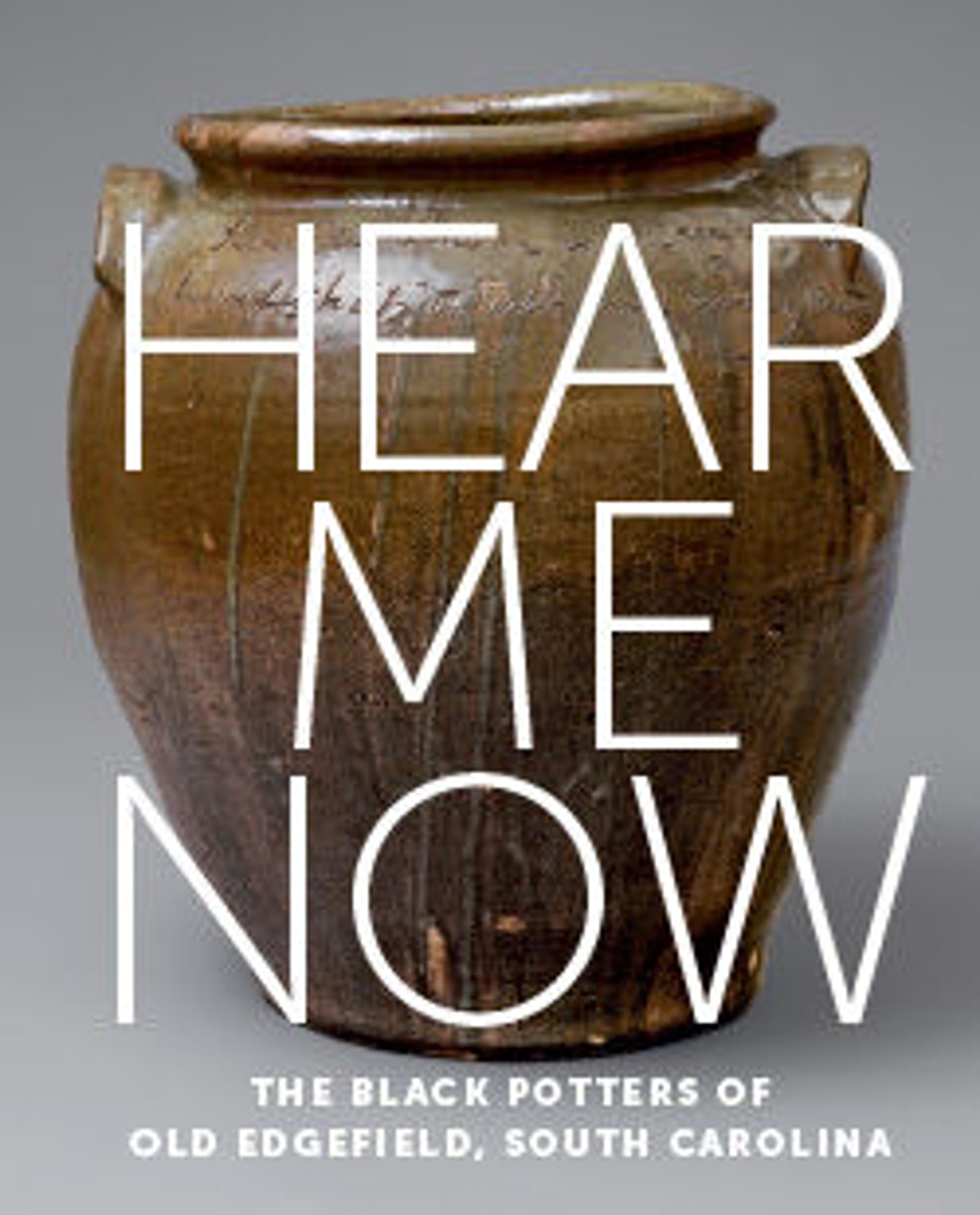Face jug
Face jugs were made by African American slaves and freedmen working in potteries in the Edgefield District of South Carolina, an area of significant stoneware production in the nineteenth century. The distinctive features of the jugs, notably the kaolin inserts for the eyes, relate in style and material to ritualistic objects of the Congo and Angola region of western Africa, whence many slaves in South Carolina descended. This jug is missing its teeth and lips—a common loss, sometimes occurring as early as the firing stage.
Artwork Details
- Title: Face jug
- Maker: Unrecorded Edgefield District potter (American)
- Manufacturer: Miles Mill Pottery (American, 1867-85)
- Date: ca. 1867–85
- Geography: Made in Edgefield District, South Carolina, United States
- Culture: American
- Medium: Alkaline-glazed stoneware with kaolin
- Dimensions: Height: 7 x 5 x 5 1/2 in. (17.8 x 12.7 x 14 cm)
- Credit Line: Rogers Fund, 1922
- Object Number: 22.26.4
- Curatorial Department: The American Wing
More Artwork
Research Resources
The Met provides unparalleled resources for research and welcomes an international community of students and scholars. The Met's Open Access API is where creators and researchers can connect to the The Met collection. Open Access data and public domain images are available for unrestricted commercial and noncommercial use without permission or fee.
To request images under copyright and other restrictions, please use this Image Request form.
Feedback
We continue to research and examine historical and cultural context for objects in The Met collection. If you have comments or questions about this object record, please complete and submit this form. The Museum looks forward to receiving your comments.
